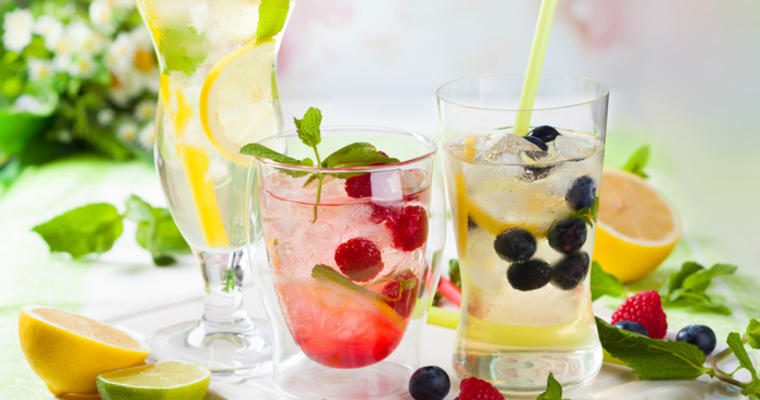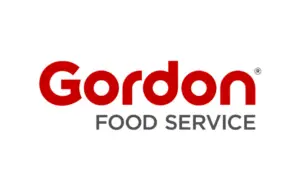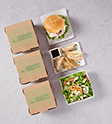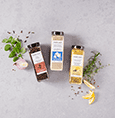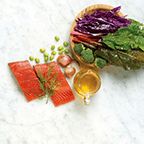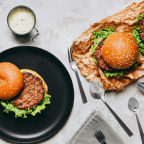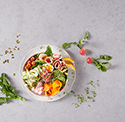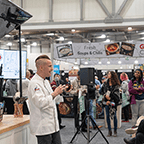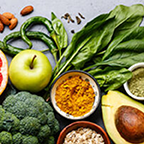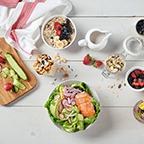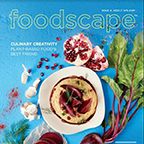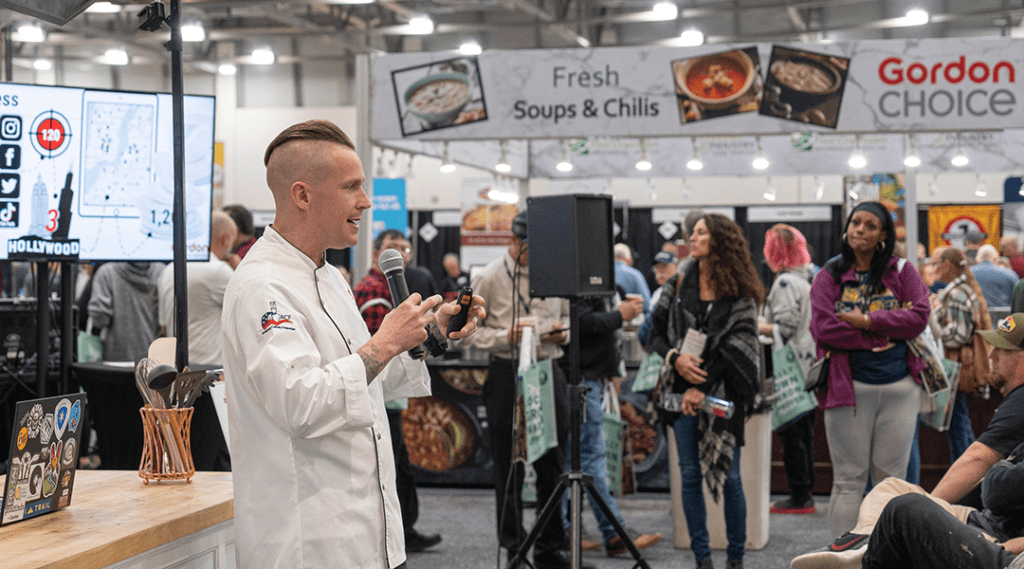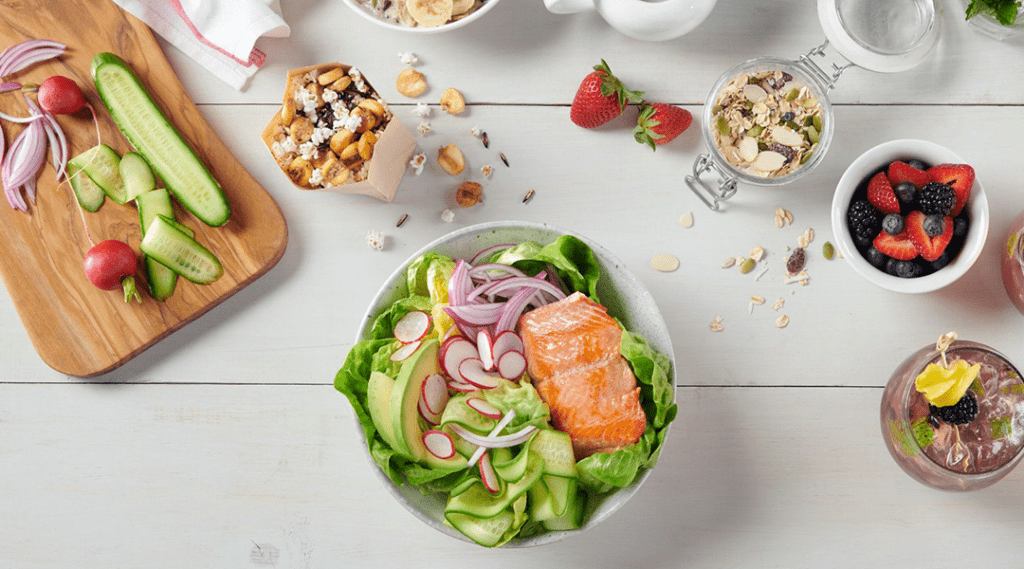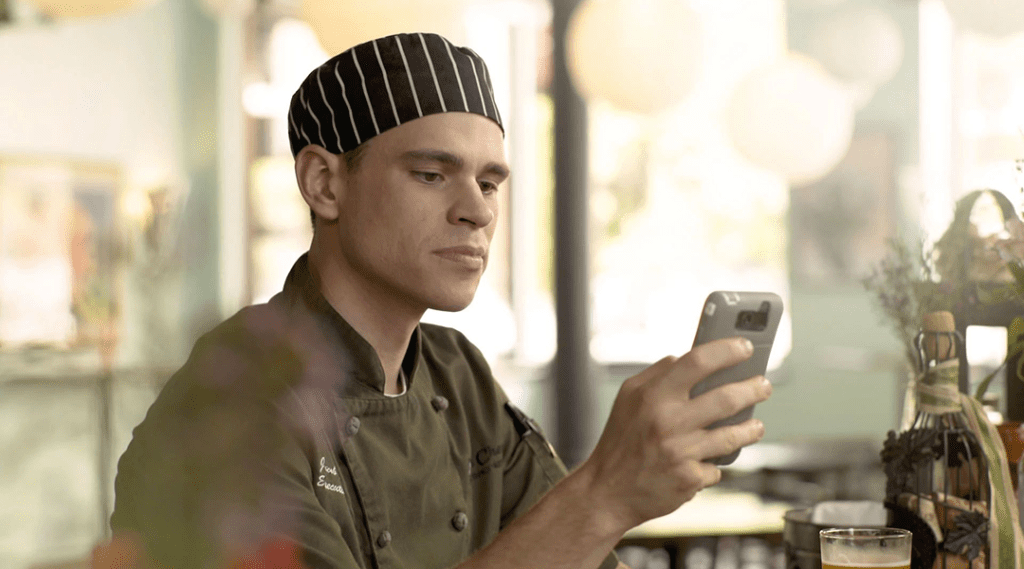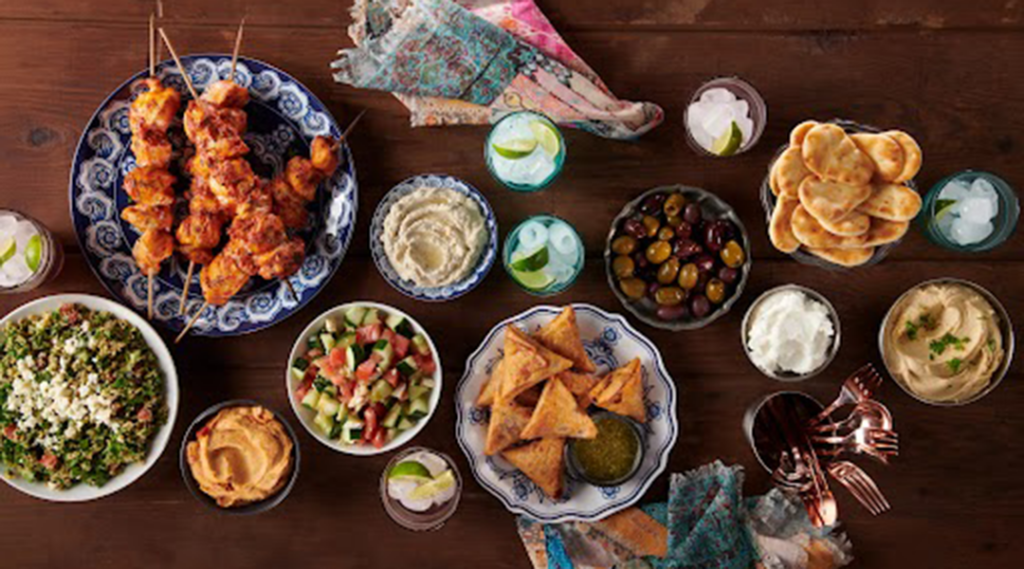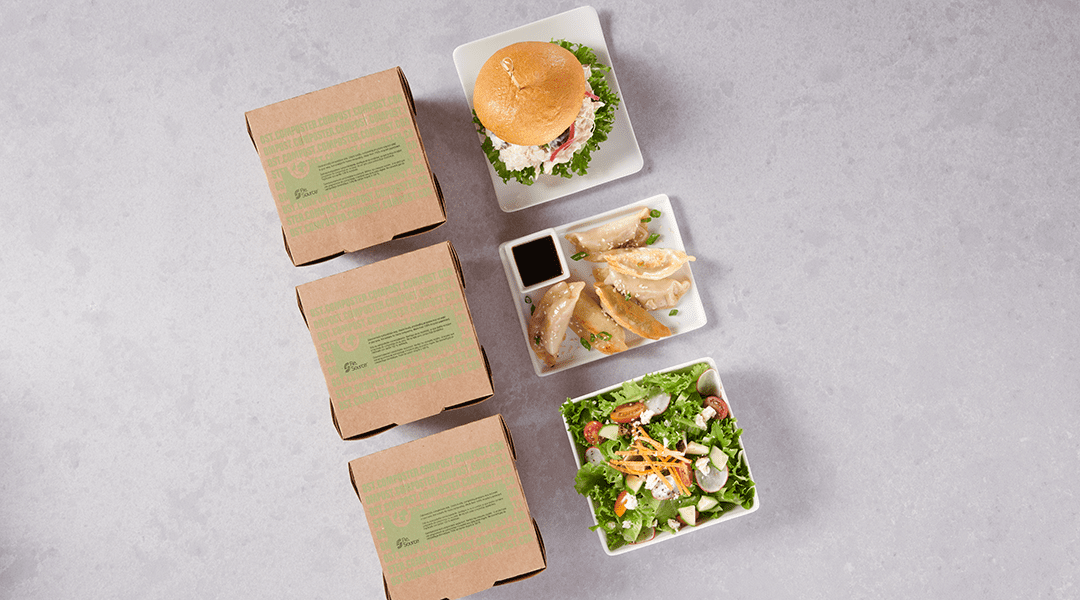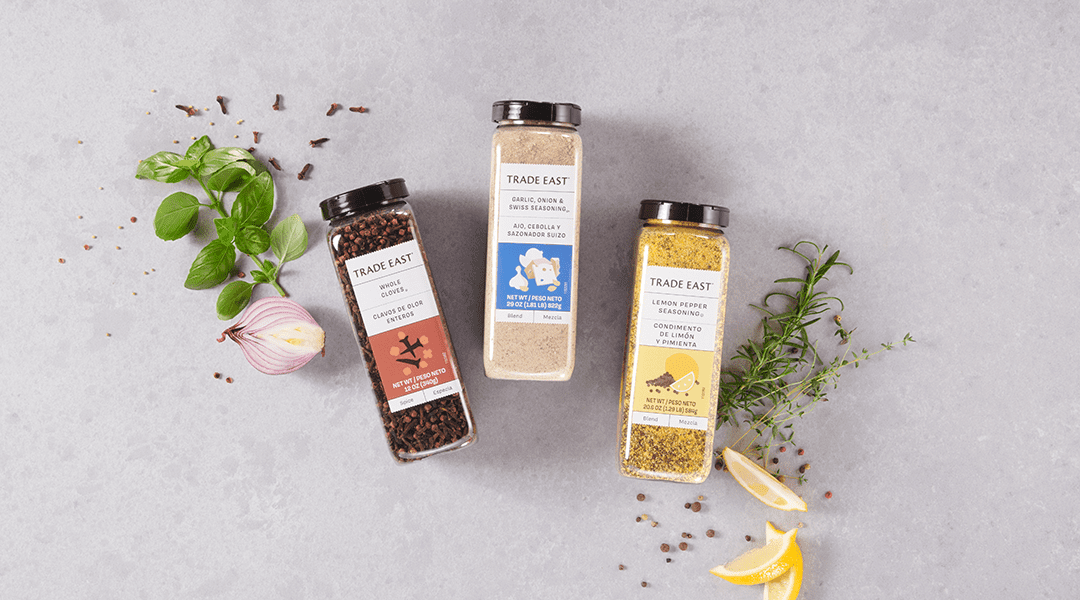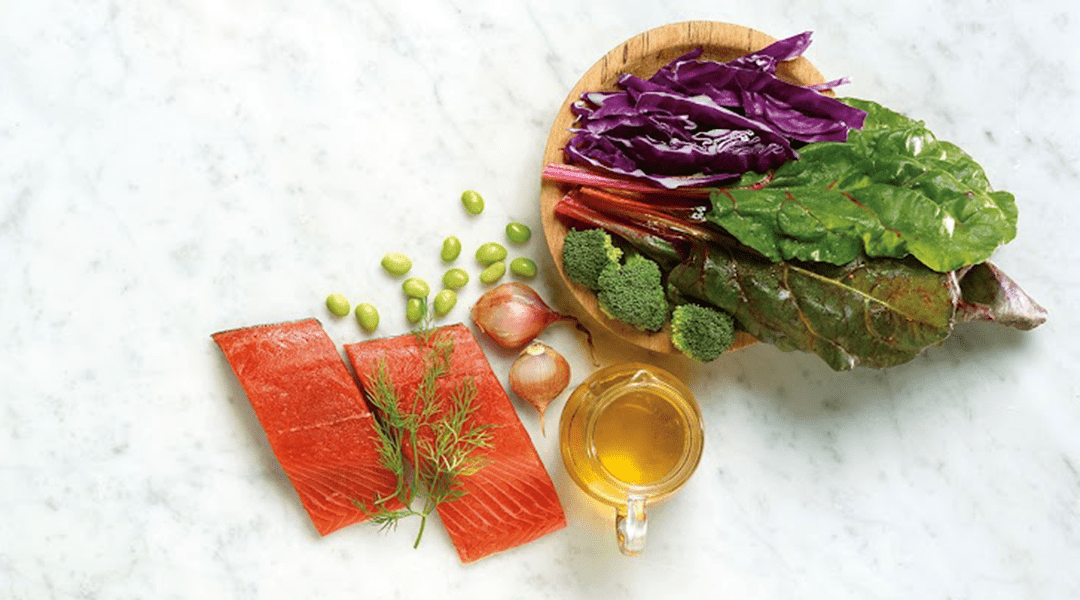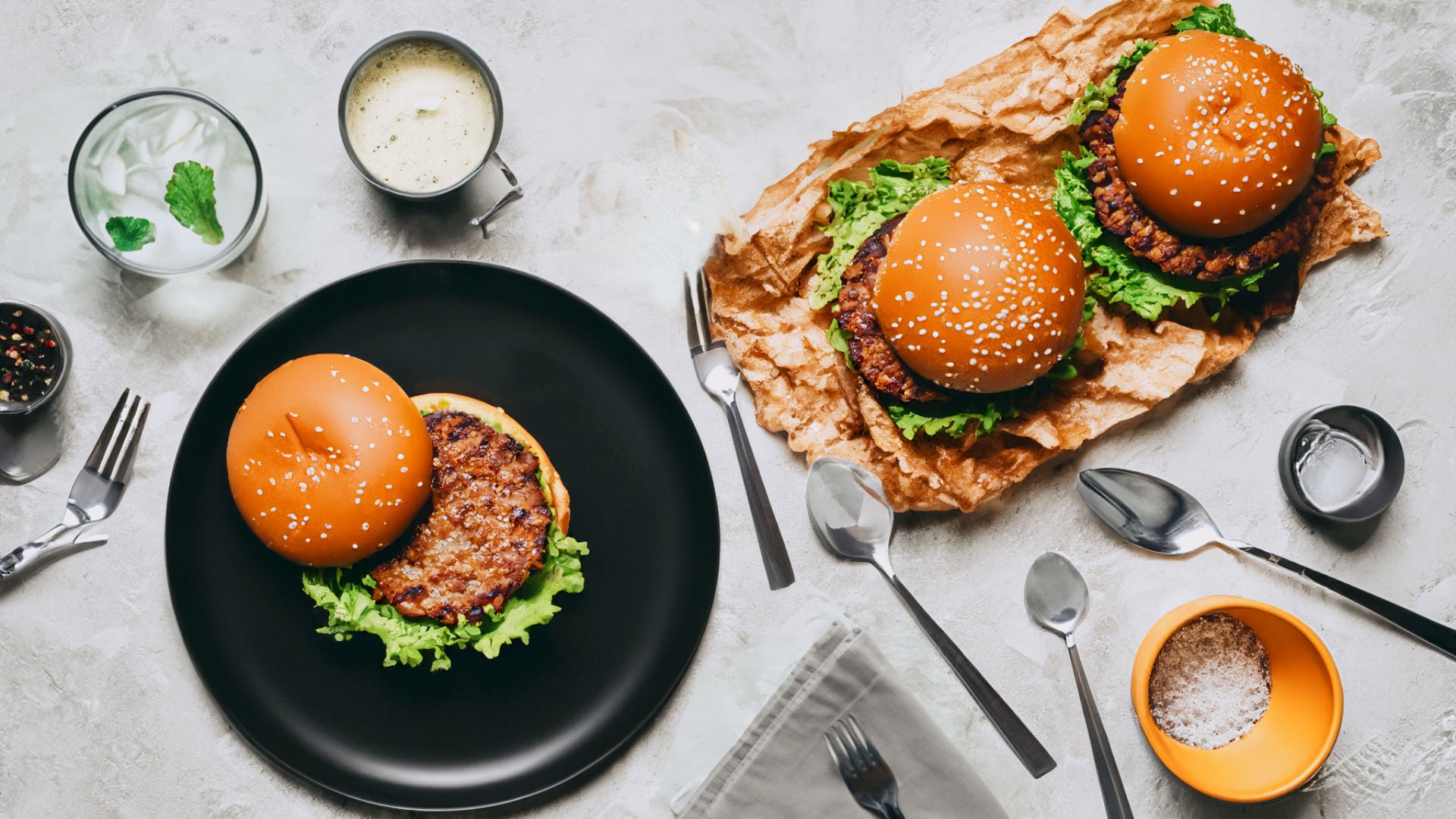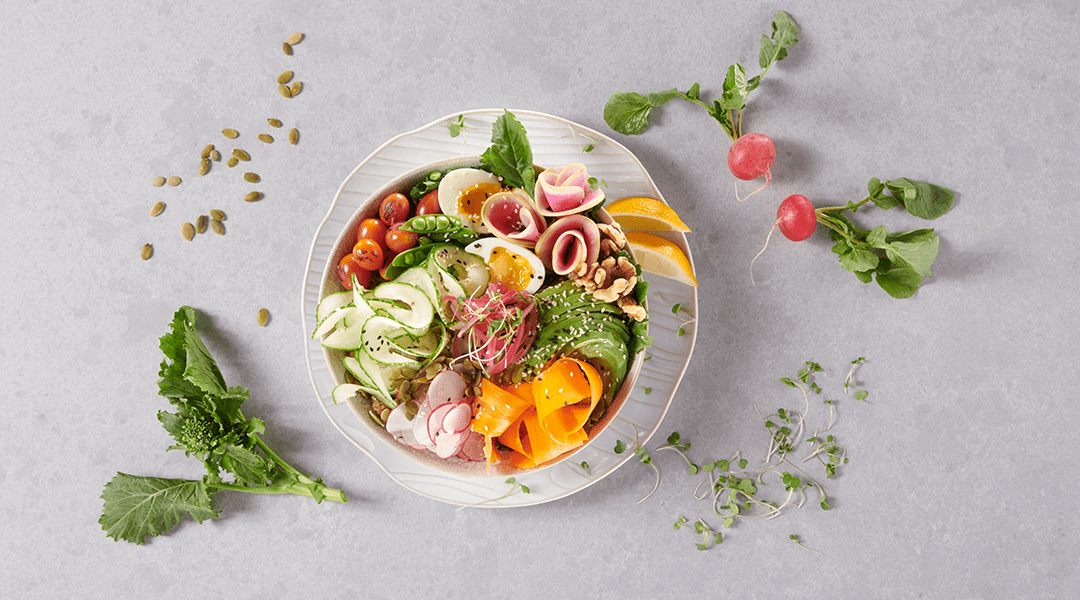Many hospitals across the country have either limited or eliminated sugar-sweetened beverages from patient menus, cafeterias, and vending machines. The move is certainly in line with healthcare’s prevailing goal of population health management, but it does present challenges. There’s a reason sugary beverages such as sodas, sports drinks, energy drinks, sweetened teas, and coffee drinks do well—they taste good and they are happily embedded into many people’s daily routines.
But there’s no getting around the studies that demonstrate how consuming too many sugar sweetened beverages contributes to obesity and related ailments such as heart disease and diabetes. Hospitals and long-term care facilities that take the initiative and implement better-for-you beverage alternatives position themselves as leaders in prevention-based care. They align their beverage program with their core mission statement of health and wellness.
But outside of diet sodas and other artificially-sweetened refreshments, what can they offer? Indeed, diet drinks do offer one pathway here, but as we’re seeing throughout food service, today’s consumers demand more. They take wellness cues from wholesome, fresh ingredients. They don’t want to sacrifice. They want to feel good about their choices—and they want those choices to taste good. Understanding this mindset can help frame a better-beverage strategy for your healthcare food service program.
3 Delicious Sugar-Free Beverage Trends
These three ideas accentuate the positives inherent in the beverage builds. They deliver the all-important freshness and wellness cues while tasting refreshingly delicious.
1. Fruit-Infused Water
This category is making big moves, leaving the confines of health spas and moving into cafeterias, dining halls, boardrooms, and waiting rooms. Clear water dispensers sporting fresh fruit and herb inclusions is a great way to offer guests water in a memorable, eye-catching way, using what’s on hand, or what’s in season. Try these:
- Berries
- Citrus fruits
- Cucumber
- Fresh mint
- Fresh peppermint
- Fresh rosemary
- Pineapple
2. Handcrafted Sodas
There’s been a surge in the popularity of housemade sodas at the restaurant level, where restaurants are featuring creative combinations of flavored syrups, chilled seltzer water with add-ins, and garnishes. Sugar-free syrups make housemade sodas an appealing addition to nutrition-conscious beverage menus. Try these (all with sugar-free syrups):
- Blackberry-Lemon Soda: blackberry syrup, lemon juice, seltzer, blackberry garnish
- Old-Fashioned Strawberry Soda: strawberry syrup, seltzer, strawberry garnish
- Pomegranate Soda: pomegranate syrup, seltzer, lime wedge
3. Fruit-Juice Spritzers
Similar to the handcrafted sodas, but featuring 100 percent fruit juice instead of syrup, these spritzers see chilled seltzer water with just a splash of juice. Boasting very little labor, these builds deliver a fresh, better-for-you beverage. Consider featuring a few exotic options for variety and differentiation. Try these:
- Apricot-plum spritzer
- Citrus spritzer (orange juice and tangerine juice)
- Tropical spritzer (guava, mango, pineapple…)
- Wild berry spritzer
Success in Action
A number of healthcare facilities have implemented either a reduction or elimination of sugar-sweetened beverages. Here are a few success stories:
Beaumont Health System in Michigan
They use four methods to encourage healthier food and beverage choices: education, communication, placement, and availability. To reduce sugar-sweetened beverages, they use stoplight signage to inform customers about the best beverages choices. Also, they stock healthier beverages at eye level in coolers and vending machines, and they changed the product mix, increasing the number of healthy beverages and decreasing the variety of flavors for sugar-sweetened beverages. Lastly, Beaumont re-jiggered pricing for sugar-sweetened beverages, increasing them to make them less palatable.
Emerson Hospital in Concord, MA
Emerson joined the national Healthier Hospitals Initiative in April 2014 with an initial goal of increasing healthy beverage purchases by 20 percent. Since the initiative was introduced, healthy beverages now make up 67 percent of beverage purchases.
Healthcare facilities continue to evolve, changing to meet the needs of today’s consumers while working hard to better match their beverage programs with their mission statements. Success here lies in looking beyond eliminating the “bad.” It lies with providing creative, healthy, feel-good beverages.
